So you're looking to hire a software engineer for your next dream project. Great – but do you know what software engineer interview questions to ask? Finding the right fit for your team is quite tasking when technical skills and experience are just one piece of the puzzle.
Since technical expertise is not the sole quality required for the success of a project, an ideal appointee must have the right mindset and problem-solving skills and should know the ins and outs of working in a team.
Sorry to burst your bubble here but finding the ideal software engineer is not as simple as stealing candy from a baby. It gets more complicated than that, especially around the part where you have to collect precise data for the interview. This part is the deal breaker of the whole hiring process.
Our today’s guide targets 14 of the best software engineering interview questions that will help you find the most capable software engineers.
By the time you are done reading this 10-minute guide, you'll master identifying candidates who not only have the technical chops but also have the necessary soft skills to excel in your organization.
14 Most Relevant Software Engineer Interview Questions & Answers To Find The Right Candidate
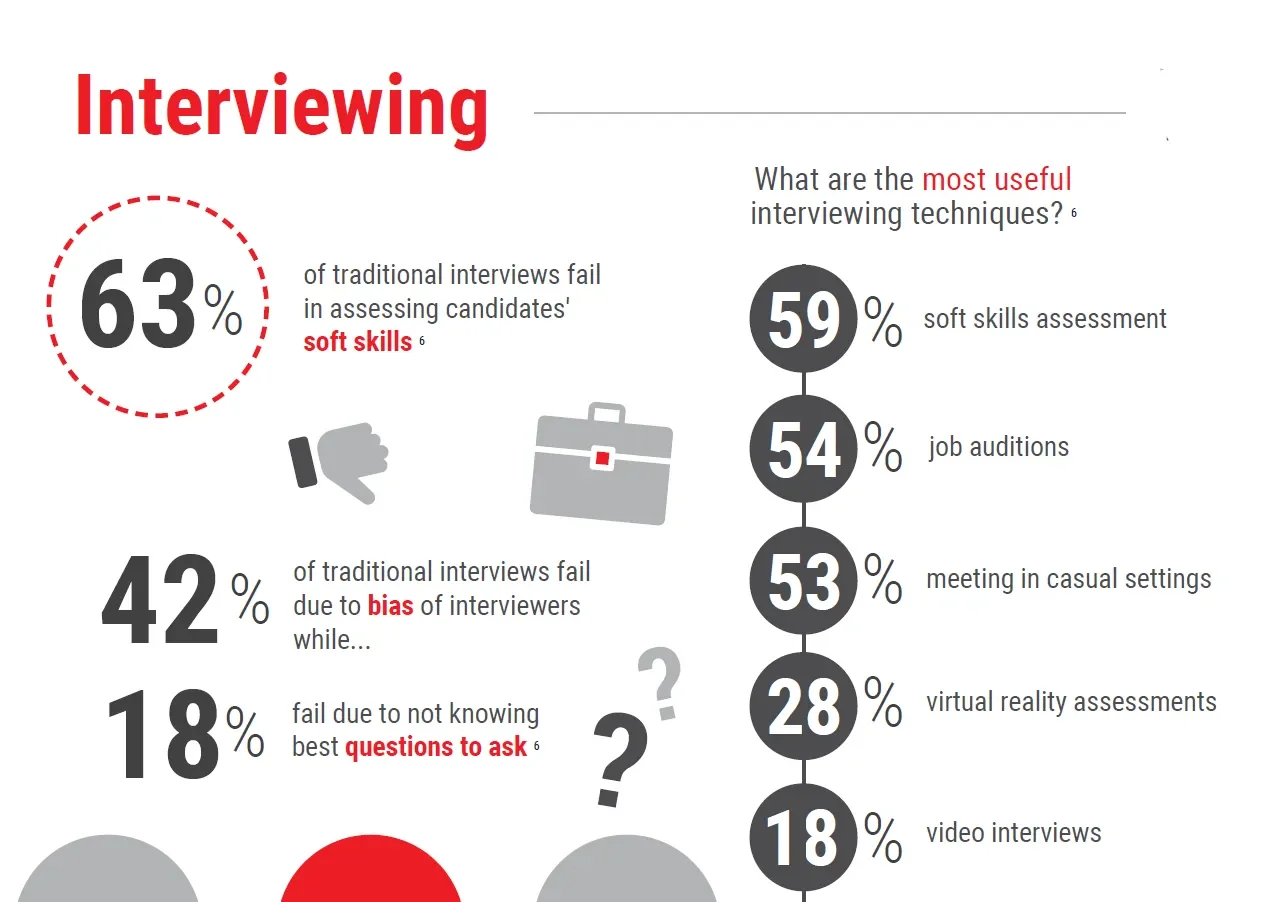
A candidate might have a great resume but without knowing their capabilities, you don't know for sure if they're capable of delivering quality code. Assess a software engineer's technical skills during an interview so you can get a much better sense of their skills and potential fit for your team.
We compiled the 14 most adequate questions that should top your list of interview questions when hiring a software engineer.
Software Engineer Interview Questions To Assess The Technical Skills
Some of the most relevant interview questions to better assess the technical skills of a software engineer are:
Q1. What is the Software Development Life Cycle & what are its different stages?
The candidate’s answer should include: Software Development Life Cycle is a structured methodology that defines the roadmap for creating computer software. The different stages of the SDLC are:
- Planning
- Analysis
- Design
- Development
- Testing
- Deployment
- Maintenance
As an interviewer, asking this question provides you insight into the candidate's understanding of the software development process and their ability to explain complex concepts clearly and concisely.
Q2. Tell me about the project management tools that you used in the past & how did you use them to manage your projects?
The candidate’s answer should revolve around: I have used various project management tools in the past. One of the tools that I frequently use is JIRA. I used JIRA to track project progress and manage tasks. I created user stories and assigned them to different team members, set priorities, and monitored the status of each task.
Another tool that I have used is Trello. I found Trello to be very useful for organizing tasks, especially when working with a remote team. I created boards for each project and added tasks in the form of cards. I then assigned due dates and labels and added team members to each card. Trello made it easy to track the progress of each task and collaborate with team members.
Asana is another project management tool that I have used in the past. With Asana, I created projects, tasks, and sub-tasks and assigned them to team members. Asana has a great feature of setting dependencies, which allowed me to create a project timeline and ensure that tasks were completed in the correct order.
This question helps you assess the candidate's knowledge of different project management tools and ability to organize and prioritize tasks, assign responsibilities, and track project progress.
Q3. Can you explain the concept of Software Configuration Management?
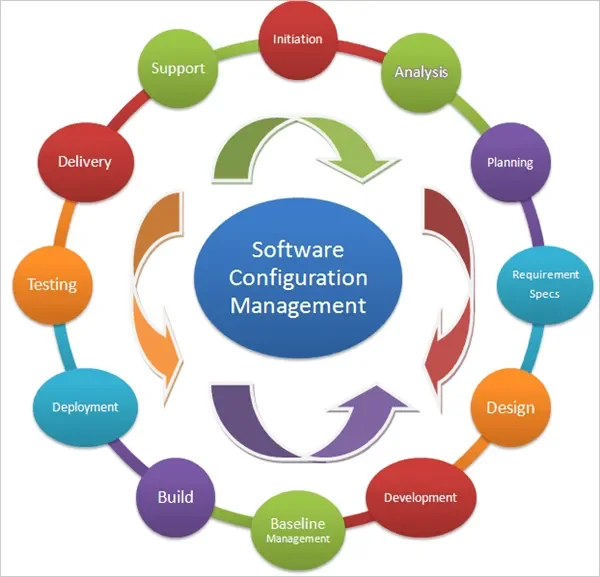
The candidate’s answer should be on these grounds: Sure, software configuration management, or as we call it SCM, is the process where we identify, organize, and control changes made to the software throughout the SDLC. This includes version control, build management, and release management.
Version control allows software developers to manage changes to the software source code by providing a centralized repository for storing code, tracking changes, and merging code changes made by multiple software developers.
Build management involves automating the process of building the software from source code to executable code. This includes compiling source code, linking object code, and creating executable files.
Release management involves managing the process of deploying software releases to production environments. This includes managing the deployment process, creating release notes, and tracking the deployment status.
The answer to this question will provide you insight into the candidate's knowledge of SCM tools and processes and how they can be applied to ensure the successful web development and release of software products.
Q4. What do you know about Agile software development & can you briefly explain the difference between Scrum and Kanban methodologies?
The candidate’s answer should include: Agile software development is a methodology that emphasizes flexibility, collaboration, and customer satisfaction. It's a way of working that allows teams to respond quickly to changing requirements and customer needs.
Scrum and Kanban are two popular frameworks within the agile methodology. Scrum is an iterative and incremental approach to software development. It involves a set of predefined roles, ceremonies, and artifacts that help teams plan, execute, and monitor their work. The key roles in Scrum are the Product Owner, Scrum Master, and Development Team.
Kanban, on the other hand, is a visual approach to workflow management. It emphasizes continuous delivery and focuses on reducing the time it takes to move work from "in progress" to "done." Kanban uses a visual board to represent the workflow, with each stage of the process represented by a column on the board.
A good answer to this question will tell you about the candidate’s understanding of agile principles, their familiarity with popular frameworks, and their ability to articulate complex concepts.
Q5. Tell me about the differences between Procedural & Object-oriented programming
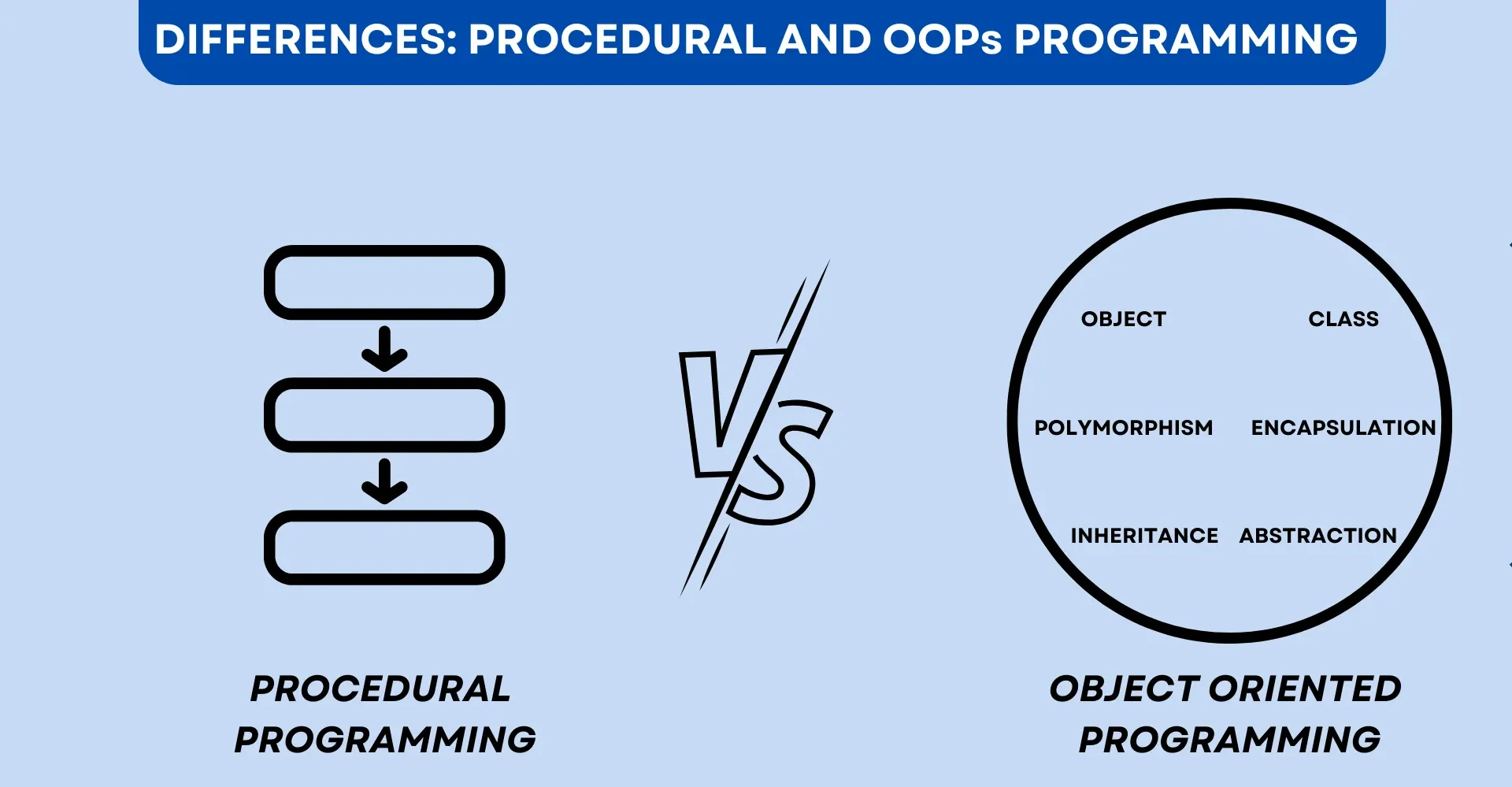
The candidate’s answer should revolve around: Procedural and object-oriented programming are defined by their strategies for organizing and structuring the code. That individual technique is the main difference between them. In procedural programming, the focus is on creating procedures or functions that operate on data.
On the other hand, object-oriented takes a more cohesive and modular approach to programming. It emphasizes the creation of objects that contain both data and methods that manipulate that data.
The answer will tell about the candidate’s experience and preferences in terms of programming paradigms and how they approach problem-solving and design since the choice between procedural and object-oriented programming can have a significant impact on the overall structure and maintainability of a program.
Q6. Can you explain the concept of Polymorphism?
The candidate’s answer should be: Polymorphism is the ability of an object to take on many forms. To explain it more precisely, OOP allows objects of different classes to be treated as if they were objects of a common superclass.
Polymorphism can be achieved in two ways: through inheritance and interfaces. In the case of inheritance, a subclass can inherit methods and properties from its superclass and it can also override those methods or add its own. This allows objects of the subclass to be treated as objects of the superclass.
However, interfaces are a way to define a common set of methods that a group of classes must implement. This allows objects of those classes to be treated as if they were instances of the interface.
A fluent answer to this question will indicate the standing of your candidate in the know-how of polymorphism. Moreover, the confidence in this topic will depict their prior experience working with object-oriented programming languages such as Java, C++, or Python.
Q7. What is the difference between stack and queue data structures?
The candidate’s answer should include: Data can be stored and accessed in a stack or a queue. Both have different techniques for doing so.
A stack is a linear data structure that follows a certain operation rule where the last element added to it is the first one to be removed. This is also called a Last-In-First-Out or LIFO structure.
In contrast, a queue is a data structure where the first element added is the first one to be removed. In technical terms, we would call this a First-In-First-Out or FIFO structure.
If I talk about its implementation, a stack can be visualized as a stack of plates where you can only remove the top plate at a time. Similarly, I’d visualize a queue as a line of people waiting for a bus where the first person to arrive is the first one to board the bus.
How strongly the candidate answers this question will reveal his grasp on the fundamentals of data structuring and proficiency in using them in real-world applications.
Q8. How do you optimize code for performance?
The candidate’s answer should revolve around these grounds: When optimizing code for performance, there are a few key factors that I consider. The first step that I’ll take is to identify the specific areas of the code that are causing performance issues. This can be done through profiling and benchmarking techniques which involve measuring the execution time of various code segments.
Once I’ve identified the performance bottlenecks, I start with optimizing algorithms and data structures which can dramatically improve performance in many cases. This involves using more efficient data structures, such as hash tables or binary trees, or optimizing the algorithms themselves to reduce their complexity.
Another strategy that I use for optimizing code for performance is to use parallel processing techniques. This involves dividing a task into smaller subtasks that can be executed concurrently, either on multiple processors or across a network of computers.
Optimizing memory usage can also have a significant impact on performance. I use memory pooling or garbage collection to reduce memory allocation and deallocation overhead.
As an interviewer, the answer to this question will show the candidate’s strong understanding of algorithms, data structures, and parallel processing techniques which are critical for optimizing code for performance.
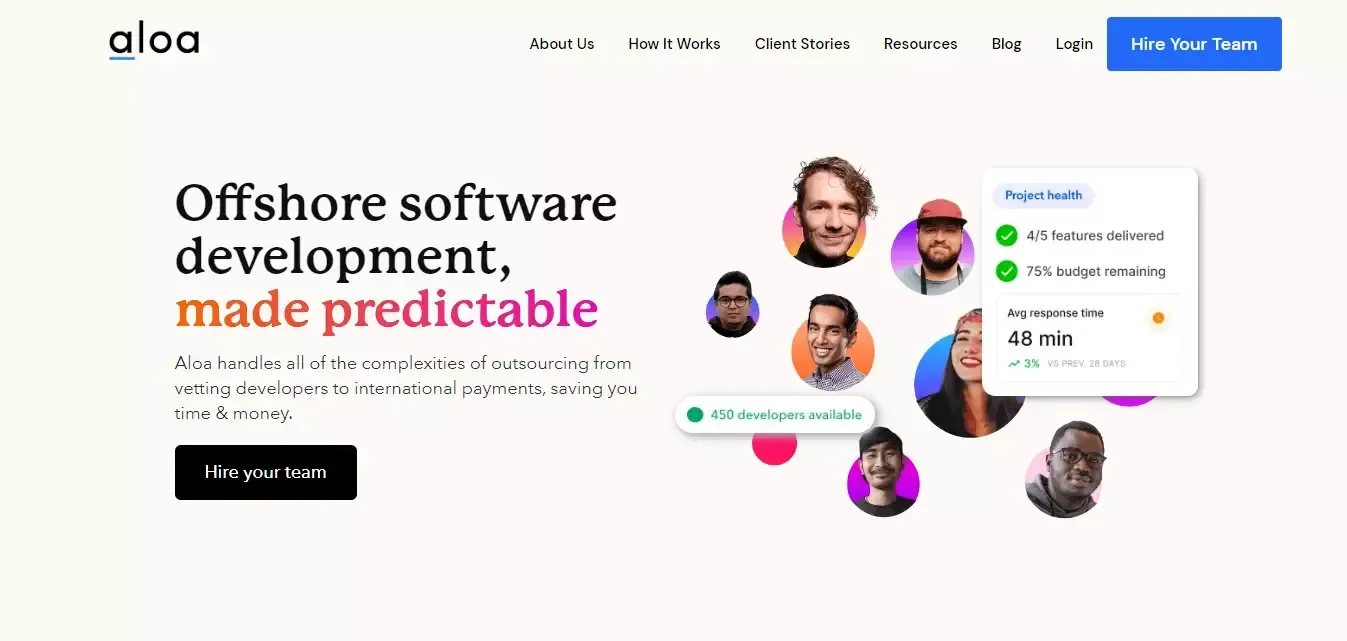
At Aloa, our team of software engineers knows code optimization like nobody else. If you are looking for nothing less than the best for creating efficient and effective code, our pool of engineers is just what the doctor ordered. We can analyze and refactor existing code or create new code from scratch that's streamlined and high-performing.
At Aloa, we understand that code optimization is key to the success of any software engineering project, hence a top priority in everything we do.Our primary focus is your project and its efficient and smooth execution. That is why our skilled engineers are always on the lookout for better opportunities to improve and optimize your code.
Q9. Explain the difference between a join & a subquery in SQL
The candidate’s answer should include: Sure, a join and a subquery are two different techniques that can be used in SQL to combine data from multiple tables.
A join is used to combine rows from two or more tables based on a related column between them. The related column is typically a primary key in one table and a foreign key in another. Joins can be inner, left, right, or full, depending on how the data from the two tables are combined.
A subquery is a query that is nested within another query. It is used to retrieve data that will be used in the main query. Subqueries are used to filter data based on a specific condition or to perform calculations on data from another table.
A join combines data from two or more tables into a single result set while a subquery is used to retrieve data from one table and use it in another query. This is the best way to differentiate between a join and a subquery.
Asking this question will provide valuable insights into the candidate's knowledge and experience with SQL. A good candidate should explain the differences between a join and a subquery without any issues.
Q10. Can you walk me through how you would design a database schema for a large-scale application?
The candidate’s answer should be: First, I would start by understanding the requirements of the application and the data it will be storing. This includes understanding the relationships between different entities and how they will be queried. I would also consider the expected data volume and growth rate as this will impact the scalability and performance of the database.
Once I have a good understanding of the requirements, I would start designing the schema itself. This involves creating tables to represent each entity and defining the columns and data types for each table. I would also define primary and foreign keys to establish relationships between the tables.
To ensure scalability and performance, I would consider various design patterns such as sharding, partitioning, and indexing. I would also consider the use of caching and replication to improve read and write performance.
Additionally, I would prioritize data consistency and integrity through the use of constraints and triggers. This ensures that the data remains accurate and valid even as the application scales and evolves over time.
By asking this question, the interviewer can learn about the candidate's experience and understanding of database design principles, as well as their ability to think critically and prioritize requirements in a complex software system.
Q11. Can you tell me the difference between Synchronous & Asynchronous programming?
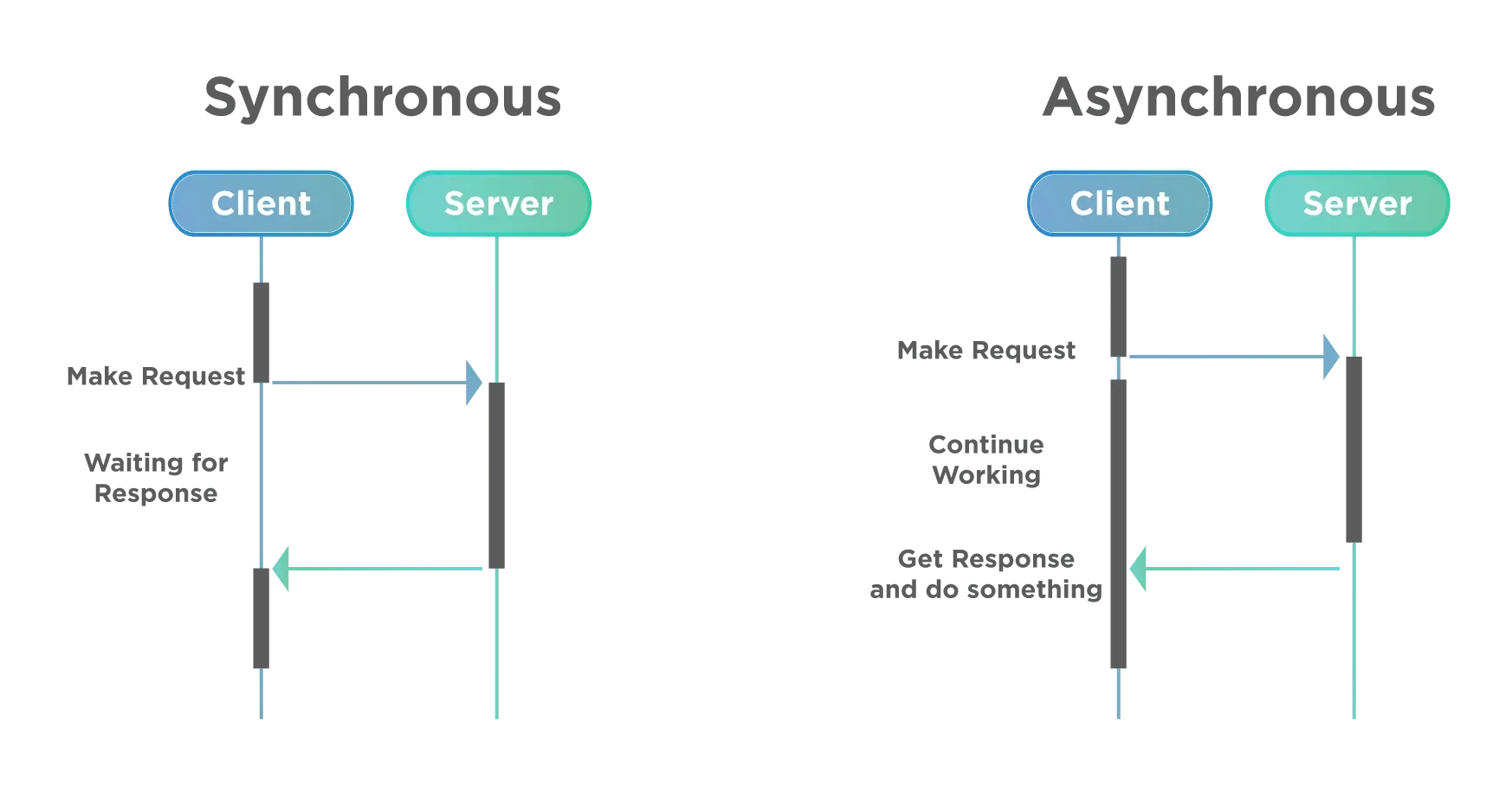
The candidate’s answer should be on these grounds: Synchronous and asynchronous programming are basically two different ways of managing the flow of code execution.
A sequential order of program execution is known as Synchronous programming. The next-in-line task only starts executing when the first one is complete. This may be a less efficient way as it can sometimes cause performance issues as you never know how long a task may take to complete.
Asynchronous programming is great as it allows multitasking. It enables multiple tasks to run in parallel without the need for one task to wait for another to complete. This means more efficiency as the program can move on to the next task without having any delays while waiting for the previous one to finish.
The answer to this question will give you a clearer idea of the candidate's understanding of fundamental programming concepts. It shows that the candidate has a solid knowledge of how code execution works.
Q12. Tell me about the differences between a Compiler & an Interpreter
The candidate’s answer should include: A compiler translates high-level source code into machine code which the computer's processor executes. When you run a compiled program, it runs faster because it has already been translated into the language that the computer understands.
An interpreter translates code on-the-fly, line by line, as it is executed. When you run an interpreted program, it takes longer to start up because the code is translated as it runs. However, interpreted languages like Python and Ruby are often easier to learn and faster to write code in because they don't require a compilation step.
The right answer will reveal the candidate's experience with different programming languages and their understanding of the strengths and weaknesses of different programming language types.
Software Engineer Interview Questions To Assess The Soft Skills
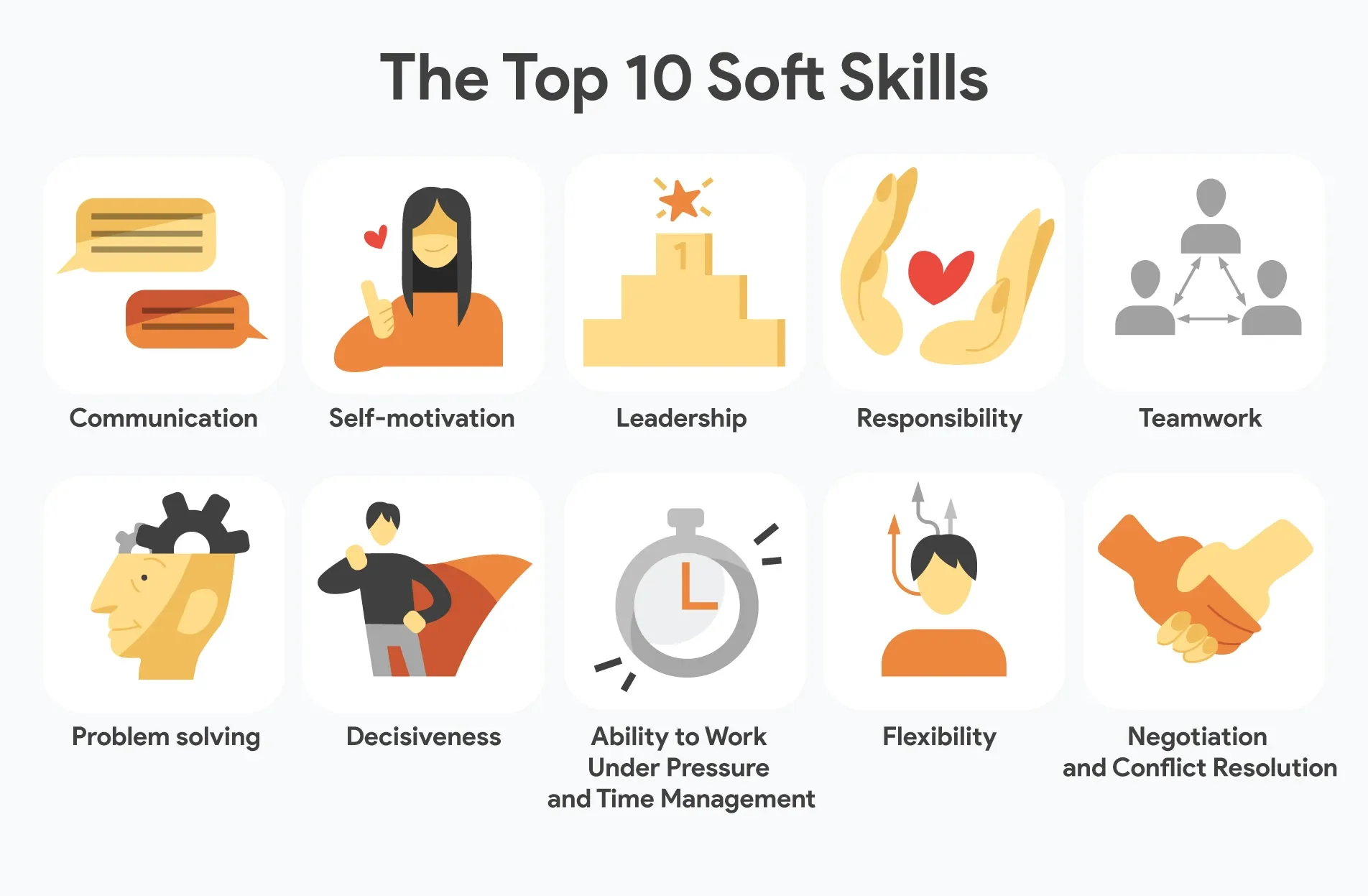
Let’s take a look at a few questions that will help you assess the soft skills of the potential candidate
Q13. How do you handle conflicts or disagreements within a team, especially when working under tight deadlines?
The candidate’s answer should be: Sure, I believe conflicts and disagreements are bound to happen when working in a team. An open mind to everyone’s point of view is the key to handling any dispute or disagreement within a team. And this is exactly how I take things about. I believe that everyone has a different way of thinking and everyone's perspective deserves respect.
Once I comprehend where their perspective is coming from, I work on finding a common ground. You see, working towards a compromise that everyone can agree on is of utmost importance. And that's what I try to do. However, if the disagreement is about a technical decision, I’ll discuss the pros and cons of each approach and propose a solution that is in line with the software project requirements.
I prefer immediate resolution when it comes to conflicts. Delays in addressing the issue can lead to more misunderstandings. That is why I always prefer coming forward with a midground solution with the person involved. I believe that it's important to have open and honest communication to resolve conflicts quickly.
In case the conflict is affecting the team's morale or the project timeline, I escalate the matter to our software project manager and we work towards finding a resolution.
This question is the table-turner in learning about the candidate's interpersonal skills and problem-solving abilities. The answer will help you understand the candidate's line of action towards conflict resolution and whether they have the right mindset to work well in a team.
Q14. How do you ensure that your communication is effective & clear when working with team members, stakeholders, or clients?
The candidate’s answer should include: I believe in building strong relationships within the team. And the key to that is listening. That's the very reason I always listen actively to what others are saying – what they are saying, asking questions for clarification, and repeating back what I have heard to ensure that I have understood correctly.
Second, I am mindful of my language and tone. For me, a clear and concise communion always yields results. During conversations with any layman, I avoid using technical jargon or acronyms that others may not be familiar with. Additionally, I make an effort to be respectful and professional, even when discussing challenging or sensitive topics.
Finally, for me having my team members, stakeholder, and clients remain on the same wavelength is important. That is why I believe in a follow-up routine to stay in the loop to answer any questions or concerns.
This question will help you assess the candidate's ability to listen actively, speak concisely, and adapt their communication style to different situations.
Conclusion
Not all software engineer interview questions can tell you the candidate's skills and capabilities. Remember that it's not just about asking the right question – you must plan and structure the interview to get the most out of the candidate.
That being said, the questions we've discussed in this guide are designed to help you do just that – get the maximum insight into the candidate's skills and capabilities. The best questions are the ones that help you analyze a candidate's problem-solving ability, technical knowledge, and experience.
With Aloa, you don't have to go through the never-ending process of scrutinizing numerous candidates – we do that for you. Our industry-best screening process ensures that only top-tier software engineers are hired.
Our team of highly vetted software engineers not only excels in technical skills but also has the soft skills to match. And with Aloa's data-backed insights, you can always be sure that you are on top of your software engineering project. Contact us now and see for yourself why we are the go-to choice for software engineering projects.

